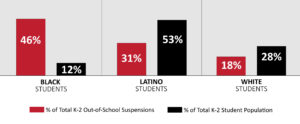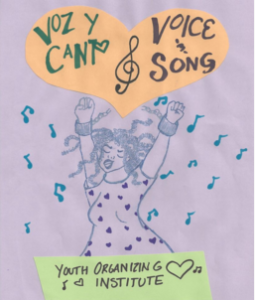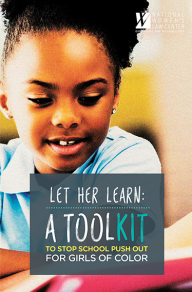Removals from class, police contact, and court referrals negatively impact ALL students. However, certain groups of students are punished in school at unequal, or disproportionately high, rates resulting in increased exposure to the harms associated with the school-to-prison pipeline. Across the country, Black, Latino, and Native American students are suspended, sent to alternative schools, expelled, arrested, and ticketed more than other students. Students of color are more likely to be punished and punished more harshly than their peers, despite research showing that they are NOT more likely to misbehave than their peers.
Texas public schools edu cate more Black students than any other state: more than 670,00. Over half of the student population is Latino: more than 2.5 million. Addressing the policies and practices that disproportionately impact these students is a critical part of dismantling the school-to-prison pipeline and creating safe and inclusive schools.
cate more Black students than any other state: more than 670,00. Over half of the student population is Latino: more than 2.5 million. Addressing the policies and practices that disproportionately impact these students is a critical part of dismantling the school-to-prison pipeline and creating safe and inclusive schools.
In Texas, Black students were more than twice as likely to receive out-of-school suspensions as White students during the 2013-2014 school year. This pattern was particularly apparent in grades K-2. In the same year, although Black students constituted 12% of the total K-2 student population in Texas public schools, they made up 46% of the out-of-school suspensions (see chart below).
The punitive system of discipline in Texas public schools discriminates against children of color. No matter the intent of educators or administrators, the discriminatory outcomes for the students are clear and are made even worse if the child is also disabled or identifies as LGBTQ.

Research shows that these unfair differences in punishment exist when students are punished for discretionary reasons, mainly for violations of the Student Code of Conduct. Educators’ implicit biases can impact how they decide to administer punishments to students, leading to more frequent and harsher punishments for students of color. Check out the Implicit Bias section to learn more about these unconscious biases and how they can impact school discipline and children of color.





